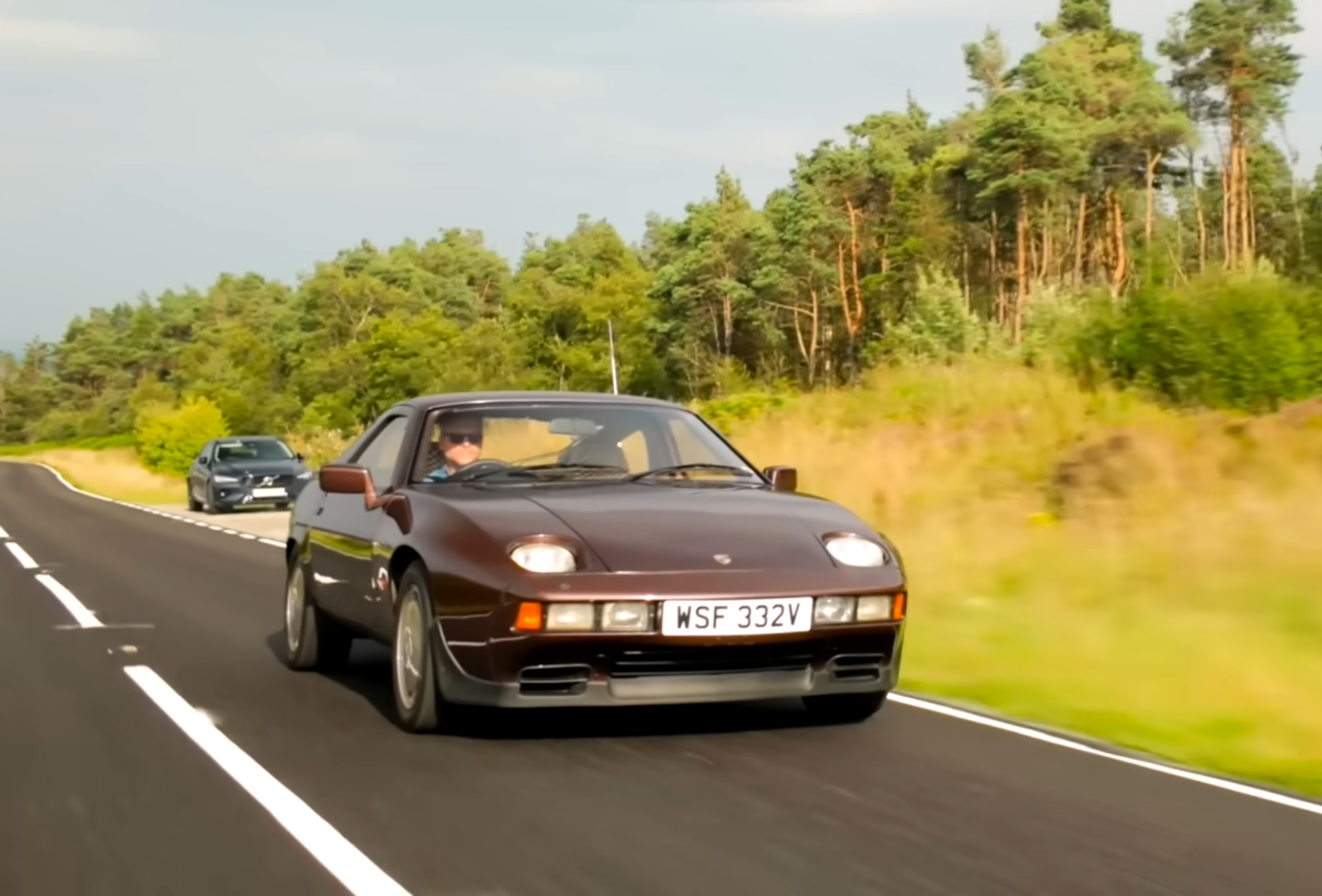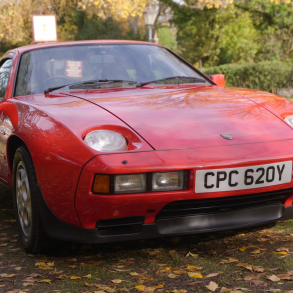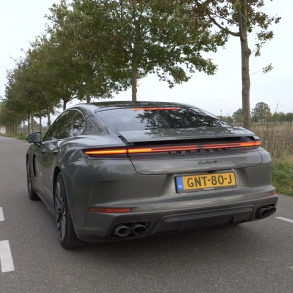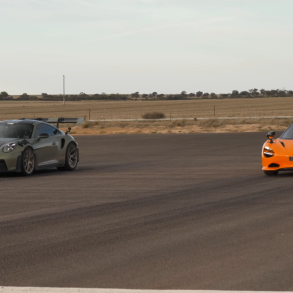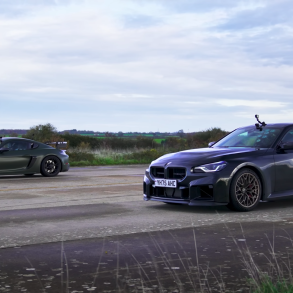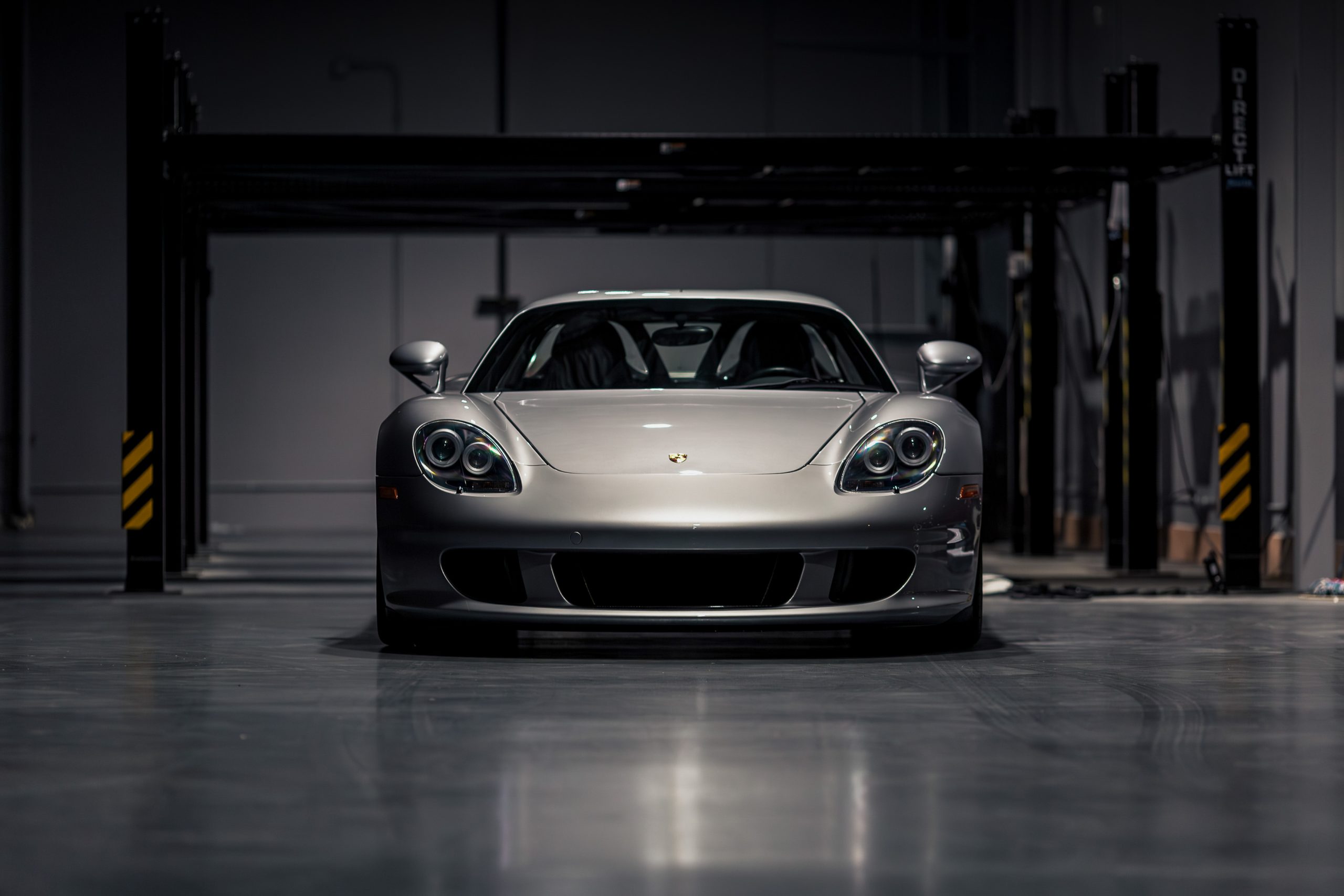In the early 1970s, Porsche faced an identity crisis. The company feared that the 911—with its rear-engine layout and dated architecture—would not survive tightening emissions and safety regulations. The engineers in Stuttgart envisioned a bold replacement: a front-engine, water-cooled GT car that combined speed, luxury, and daily usability in one revolutionary package.
That vision became the Porsche 928. Launched in 1977, the 928 was unlike anything Porsche had ever built. It was powered by an all-new 4.5-liter aluminum V8 mounted up front, paired with a transaxle gearbox at the rear for near-perfect weight balance. Its body was a blend of innovation and elegance—sleek, aerodynamic, and built with polyurethane bumpers that integrated seamlessly into the design, a world first for a production car.
The real engineering masterpiece, though, was the Weissach rear axle, a passive steering system that allowed the outer rear wheel to toe-in during cornering, enhancing stability and agility. It was so advanced that modern carmakers still use similar principles today. When it debuted, the 928 was hailed as the future of the sports car, even winning European Car of the Year—a distinction no other Porsche has achieved.
But history decided otherwise. While the 911 endured, the 928 evolved into a refined grand tourer, gaining power and luxury with each generation. The 928 S of 1980, like the example featured in this video from Porsche Club GB on YouTube, came with a larger 4.7-liter V8 producing 300 horsepower, aggressive front and rear spoilers, and a more assertive stance.


